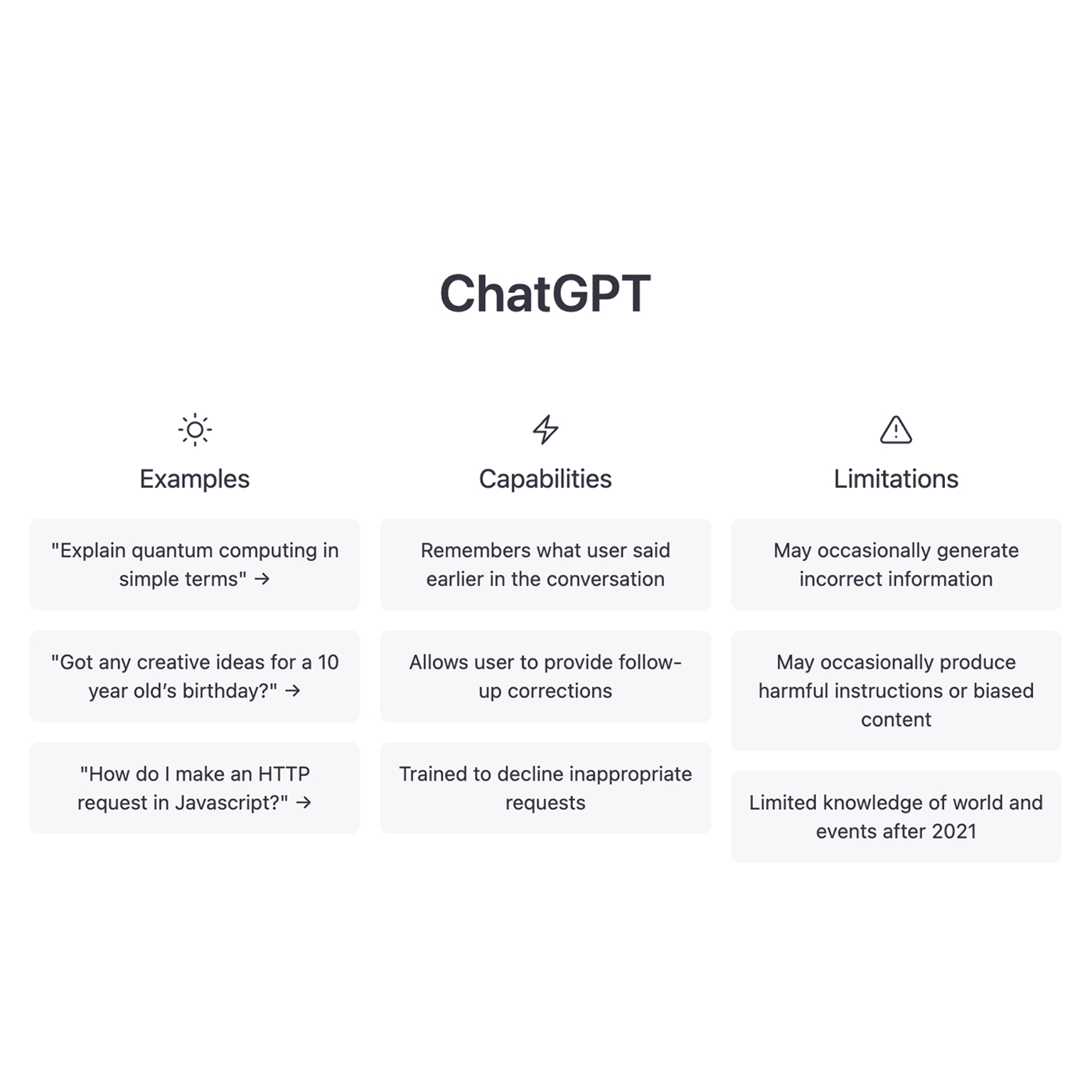What is ChatGPT and How Can It Be Used In Apps?
If you spend any amount of time online, chances are you’ve heard of ChatGPT, but maybe you don’t know what exactly it does. That’s okay—you’re not...
3 min read
Written by Tyler Tennant, Oct 26, 2017

A unique value proposition is going to be your key for attracting and keeping customers. A unique value proposition, or UVP, is a clear, straight-to-the-point, easily digestible bit of information that details what sets you, your product/service, and your company apart from the competition.
Your UVP is going to be absolutely critical in determining whether your visitors will continue to explore your site, buy your product or service, and come back for more (though that last part is going to be dependent on how closely your product/service matches and fulfills the promise of the UVP). It establishes brand loyalty.
It’s easy to overlook the importance of the UVP, or think a catchy tagline like “Lifestyles, Curated by Experts” or “We Dream California Big” would be good, but the problem is that they don’t actually communicate what you’re selling or what the potential customers will get from you that they can’t get anywhere else.
Your UVP, furthermore, is going to determine the potential for conversions, and can vastly improve those numbers. If somebody can see on the homepage what you’re offering, then they’re enticed enough to search the site. If they have to click through several tabs or find it somewhere on the About or Products page, then they’re unlikely to find it or want to go looking for it in the first place, and may leave with a bad taste in their mouth.
Essentially, it won’t matter how pretty your landing pages are, or how well-designed your website is, or the quality of your product or service if your UVP can’t communicate what it needs to get across quickly and effectively, immediately.
Your UVP needs to answer one main question, which we’ve hinted at above: “What is your product/service, what does it do for me, and why is it better than any other competitor’s product/service such that I choose you over them?”
All bloggers and internet communities unanimously agree that UVPs need to be: relevant (what problem it solves), quantified (what benefits it offers), and differentiated (how you differ from the competition).
So how do you craft a quality UVP?
At Designli, we love reminding you about the importance of defining your target market. We’ve said it time and again as a crucial component of doing anything related to selling something, developing an app, testing, or growing as a startup, and crafting a UVP is no different. You need to know the language of the kinds of people that you want to reach and what they’re likely to respond to.
The best way to do this is to find the language they use on social media sites and determine how you can fit into that niche. If you’re targeting a specific geographic location of potential customers, then figure out the slang they use (soda v. pop v. cola, for instance), as this might make a difference in how you write. How do they buy? What kinds of problems do they have? Do they have money to solve these problems?
Are you selling to athletes? Busy parents? Students? Figure out how they speak, and speak to them. Make your language informal and transparent if you want to reach a younger audience. Make your language formal, luxurious, and structured if you’re reaching out to those who are well-off. Talk about your commitment to ethics and giving back to the community if you want to attract Millennials and those concerned about social justice.
In short, crafting the language of your UVP is going to depend largely on who your target audient is. If you’re marketing several different customer segments with their own specific set of characteristics and nuances, then it’s going to be important to write for all of them, separately.
What makes you different from the competition? Ideally you would have performed competitor research at this point to determine what makes you different, so you should have a good grasp on how you set yourself apart. If your competitors reach a broad range of people, your differentiator could be that you service a smaller niche in that broad category. Perhaps you can deliver something faster, offer a more personalized shopping experience, or have a stellar customer journey map.
Consider other elements: customer satisfaction and feedback; design and look; specific features of your product or service; how you’re innovative and industry-breaking; who your team is; what the price is, whether lower or higher but for a better product; or commitment to ethics and worldview, like having goals to make the world a happier place or better place for people.
Ask people for feedback. This is the easiest and cheapest way to find out what people think about your product. If they’re unclear on what you’re selling and aren’t immediately interested, then either they’re not a part of your target audience, or you’ve got a bad UVP on your hands.
Utilize A/B testing, where you create 2 different UVPs and split test to determine their conversion potential. You can find out if both aren’t working, or if one works better. If you’re lucky, they might have similar levels of success, in which case asking people can help. That, or you can utilize Google Adwords or ads on Facebook, LinkedIn, and Twitter to measure click-through rates and success.
Subscribe to our newsletter.

If you spend any amount of time online, chances are you’ve heard of ChatGPT, but maybe you don’t know what exactly it does. That’s okay—you’re not...

To ecommerce app or not to ecommerce app? In our world, speed, concision, and convenience are of utmost importance, and if you’re not making sure...

If you’ve ever used apps like eBay, iRobot, and Google Pay on your iPhone or Android device, then you’ve experienced Flutter application development....